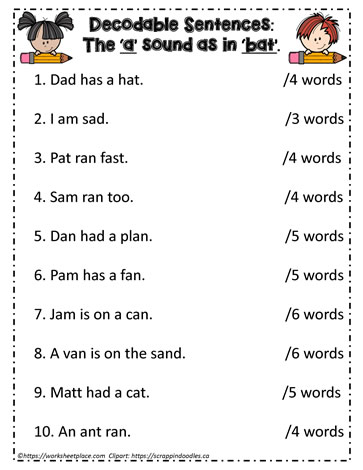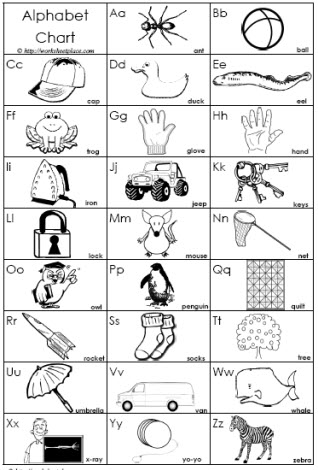

FREE Digital and Printable Writing Prompts for May


Community Helpers and My Community Free Pre-K and Kindergarten Unit


What Sounds Should Kindergarten and First Graders know?
Here's a breakdown of what pre-reading/early reading sounds to teach are:
By mastering these sounds and blends, kindergarten and grade one students develop the foundational phonemic awareness skills necessary for reading and spelling success.


Beyond Long and Short Vowels


Anxiety and Worry Counselling Unit for 8 to 16 Year-Olds
Anxiety and Worry Profiles Checklists Anxiety/Worry Trackers Practice Activities Effective Coping Strategies Stomp Out Negative Thinking Activities CBT Thought Changing Activities

Functions of Government 3rd Grade Digital and Printable FREE Unit



Free Would You Rather Valentine's Day Prompts - Digital and Printables 1st-4th Grades
Think about Preferences:
Express Reasons:
Make it Personal:
Keep it Light and Positive:


Social Skills and Character Traits Self Rating Scales

Anxiety and Worry Counselling Unit and Workbook - Counselling Lessons
An invaluable resource for counselors and teachers with this Worry and Anxiety Workbook designed specifically for 9-15 year olds. This comprehensive guide is expertly crafted to address the unique challenges faced by young minds, offering practical exercises and proven strategies to navigate and manage worry and anxiety.


Short Vowel Sounds Unit - CVC Words for Kindergarten 1st Grades
Please note, the ads keep all of our resource free!! Suggestions are always welcome.
https://worksheetplace.com/index.php?function=DisplayCategory&showCategory=Y&links=4&id=872&link1=43&link2=266&link3=288&link4=872&cn=Short_Vowel_Sounds_Worksheets

Consonant Blends Hands On Activities for 1st and 2nd Graders FREE!

Systematic Phonics Instruction: Phonics instruction should be systematic, meaning that it follows a logical and planned sequence. Students should be introduced to consonant blends in a structured manner, starting with the most common blends and progressing to more complex ones.
Explicit Instruction: Teachers should provide explicit instruction on how to blend consonant sounds together. This involves teaching students to smoothly combine the individual sounds represented by the consonant letters in a blend.
Multi-Sensory Approaches: Incorporating multi-sensory approaches, such as using manipulatives, movement, and visual aids, can enhance the learning experience for students. This helps them connect the sounds of consonant blends with letters and symbols in a more comprehensive way.
Word Decoding Practice: Students should have ample opportunities to practice decoding words containing consonant blends. This includes reading words in isolation, in sentences, and within connected texts. The goal is to develop automaticity in recognizing and decoding words with blends.
Integration with Reading and Spelling: Phonics instruction should not be isolated from other aspects of reading and language instruction. Integrating the teaching of consonant blends with reading and spelling activities helps students apply their knowledge in real-world contexts.
Assessment and Feedback: Ongoing assessment is crucial to monitor students' progress in mastering consonant blends. Teachers should provide timely and constructive feedback to address any challenges and reinforce positive learning experiences.


CVC Printables and Digital Activities for 1st Grade
Here are the strategies to help teach young learners to read once they have mastered the alphabet, it is time to move to CVC words. Be sure to check out all of the phonics free printables and digital activities here.
1. Introduce the sounds of the letters.
Start by teaching your students the sounds of the letters of the alphabet. You can do this by using flashcards, singing songs, or playing games. Once your students know the sounds of the letters, you can start to teach them how to blend the sounds together to form words.
2. Use manipulatives to help students understand the concept of blending.
Manipulatives are objects that can be used to represent sounds or letters. For example, you can use blocks to represent the sounds of letters, or you can use magnetic letters to spell out words. Manipulatives can help students to visualize the sounds they are hearing and to understand how the sounds blend together to form words.
3. Use a lot of repetition.
Repetition is key when teaching CVC phonics. Students need to hear the same sounds and words over and over again in order to learn them. You can provide repetition by reading to your students, singing songs, and playing games.
4. Be patient.
Learning to read takes time. Some students will pick up CVC phonics quickly, while others will need more time and practice. Be patient with your students and encourage them to keep trying.
Here are some specific activities that you can use to teach CVC phonics to your grade 1 students:
Play "I Spy" with CVC words. This is a great way to help students learn to identify and sound out CVC words. To play, simply choose a CVC word and say, "I spy with my little eye something that begins with the sound /b/." The students then have to guess what the word is.
Sing CVC word songs. There are many great CVC word songs available online. Singing along to these songs can help students to learn the sounds of the letters and to blend the sounds together to form words.
Play CVC word bingo. This is a fun and engaging way to help students learn to read CVC words. To play, simply create bingo cards with CVC words on them. Then, call out CVC words and have the students mark the words on their cards. The first student to get five in a row wins.
Read CVC word books. There are many great CVC word books available that can help students practice reading CVC words. When reading these books, point to the words as you say them. This will help students to make the connection between the sounds of the letters and the written words.
Write CVC words. Writing CVC words can help students to reinforce the sounds of the letters and to learn how to spell CVC words. You can have students write CVC words on their own, or you can dictate them to them.
By following these tips and using these activities, you can help your grade 1 students learn to read and write CVC words with ease.


Executive Functioning Free Resource
Executive functioning refers to a set of mental processes that allow individuals to manage themselves and their resources in order to achieve a goal.


Free Digital and Printable 1st Grade Decodable Sentences
 |
| Free Google Slides/Printables |
















































